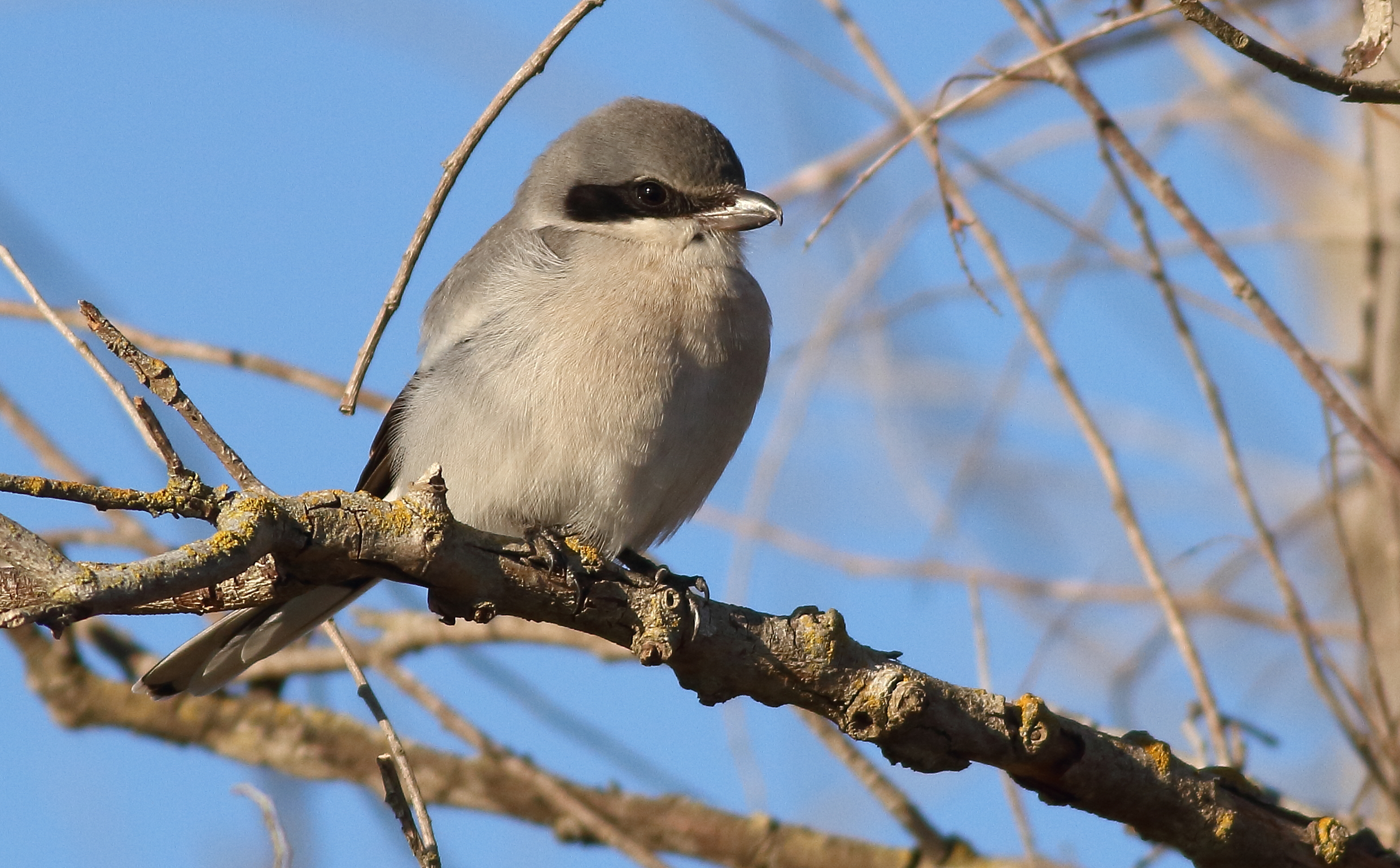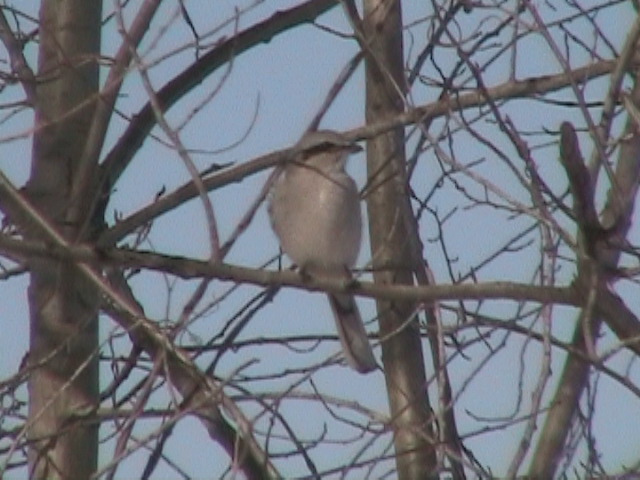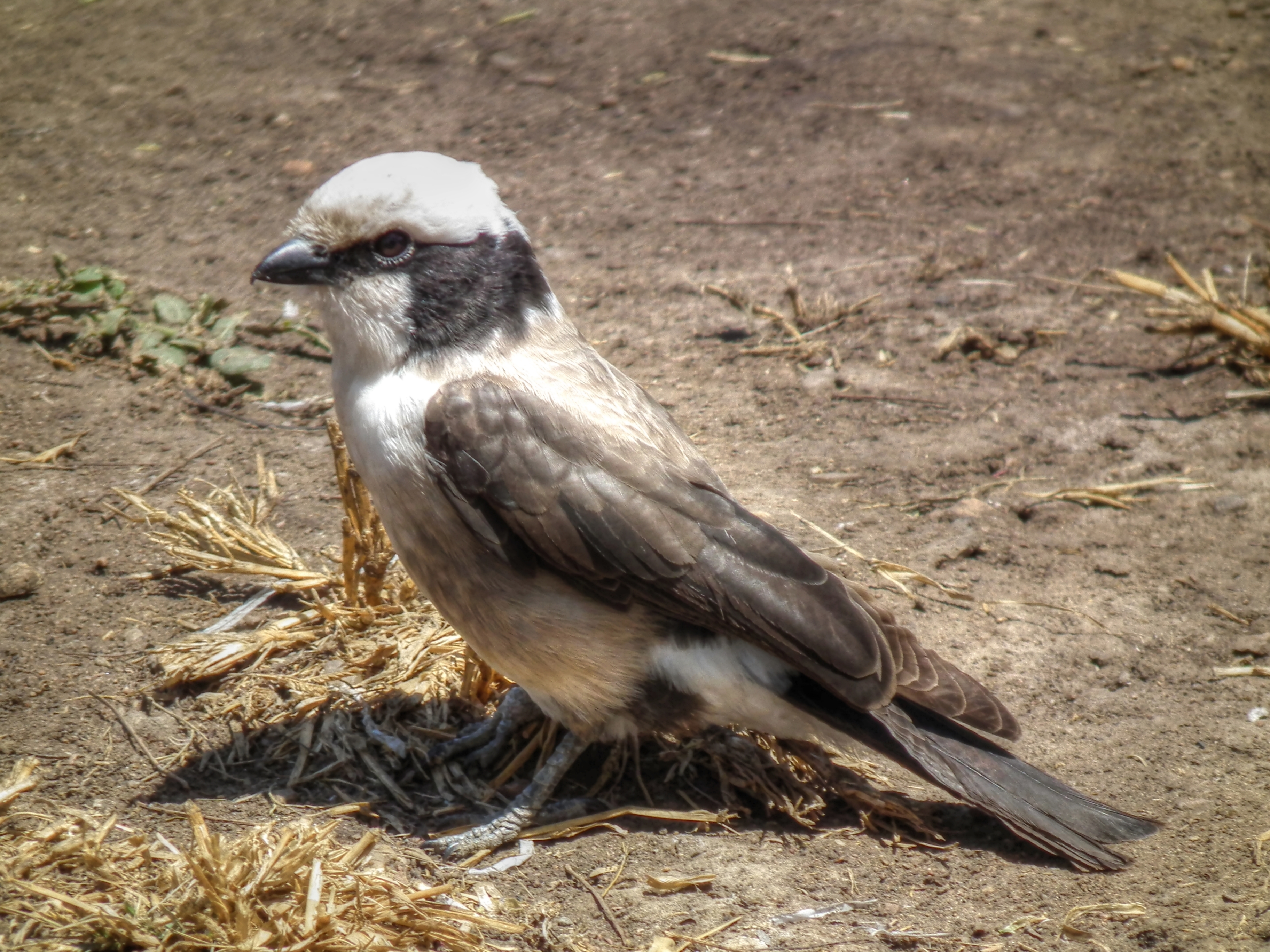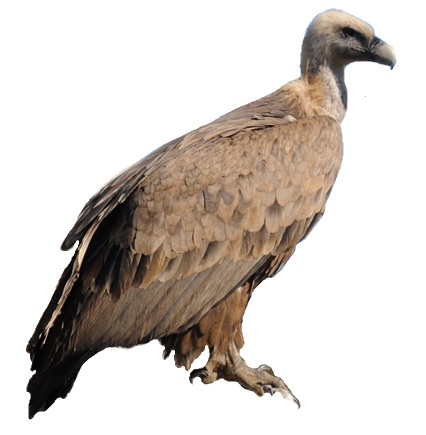|
Shrikes
Shrikes () are passerine birds of the family Laniidae. The family is composed of 34 species in two genera. The family name, and that of the larger genus, ''Lanius'', is derived from the Latin word for "butcher", and some shrikes are also known as butcherbirds because of the habit, particularly of males, of impaling prey onto plant spines within their territories. These larders have multiple functions, attracting females and serving as food stores. The common English name shrike is from Old English , alluding to the shrike's shriek-like call. Taxonomy The family Laniidae was introduced (as the subfamily Lanidia) in 1815 by the French polymath Constantine Samuel Rafinesque. The type genus ''Lanius'' had been introduced by Carl Linnaeus in 1758. As currently constituted, the family contains 34 species in four genera. It includes the genus '' Eurocephalus'' with the two white-crowned shrikes. A molecular phylogenetic study published in 2023 found that the white-crowned shrikes wer ... [...More Info...] [...Related Items...] OR: [Wikipedia] [Google] [Baidu] |
Loggerhead Shrike
The loggerhead shrike (''Lanius ludovicianus'') is a passerine bird in the family Laniidae. It is the only member of the shrike family endemic to North America; the related northern shrike (''L. borealis'') occurs north of its range, however it is also found in Siberia. It is nicknamed the butcherbird after its carnivorous tendencies, as it consumes prey such as insects, amphibians, lizards, small mammals and small birds, and some prey end up displayed and stored at a site, for example in a tree. Due to its small size and weak talons, this predatory bird relies on impaling its prey upon thorns or barbed wire for facilitated consumption. The numbers of loggerhead shrike have significantly decreased in recent years, especially in Midwestern, New England and Mid-Atlantic areas. Taxonomy In 1760 the French zoologist Mathurin Jacques Brisson included a description of the loggerhead shrike in his ''Ornithologie'' based on a specimen collected in Louisiana in the United States. He used ... [...More Info...] [...Related Items...] OR: [Wikipedia] [Google] [Baidu] |
Great Grey Shrike
The great grey shrike (''Lanius excubitor'') is a large and predatory songbird species in the shrike family (biology), family (Laniidae). It forms a superspecies with its parapatric southern relatives, the Iberian grey shrike (''L. meridionalis''), the Chinese grey shrike (''L. sphenocerus'') and the American loggerhead shrike (''L. ludovicianus''). Males and females are similar in plumage, pearly grey above with a black eye-mask and white underparts. Breeding takes place generally north of 50° northern latitude in northern Europe and Fauna of Asia, Asia. Most populations bird migration, migrate south in winter to temperate regions.Harris & Franklin (2000): pp. 152–153 The great grey shrike is carnivorous, with rodents making up over half its diet. Taxonomy and systematics The species was first Species description, scientifically described by Carl Linnaeus in his 1758 edition of ''Systema Naturae'' under the current binomial name. His description is – "a shrike with a wedg ... [...More Info...] [...Related Items...] OR: [Wikipedia] [Google] [Baidu] |
Northern Shrike
The northern shrike (''Lanius borealis'') is a large songbird species in the shrike family (Laniidae) native to North America and Siberia. Long considered a subspecies of the great grey shrike, it was classified as a distinct species in 2017. Six subspecies are recognised. Taxonomy The northern shrike was formally described by the French ornithologist Louis Pierre Vieillot in 1808 under its present binomial name ''Lanius borealis''. In the 19th century, North American ornithologists considered it as a separate species from the great grey shrike, while European authorities held them to be the same species. American ornithologist Alden H. Miller investigated differences between the Siberian and Alaskan populations in 1930 and could find no consistent differences, hence he recommended combining the two into ''Lanius excubitor''. In North America, this and the related loggerhead shrike are commonly known as butcherbirds for their habit of impaling prey on thorns or spikes. A folk ... [...More Info...] [...Related Items...] OR: [Wikipedia] [Google] [Baidu] |
Lanius
''Lanius'', the typical shrikes, are a genus of passerine birds in the shrike family Laniidae. The majority of the family's species are placed in this genus. The genus name, ''Lanius'', is derived from the Latin word for "butcher", and some shrikes are also known as "butcher birds" because of their feeding habits. The common English name "shrike" is from Old English ''scríc'', "shriek", referring to the shrill call. Some African species are known as fiscals. That name comes from the Afrikaans word ''fiskaal'' ("public official", especially a hangman), because they hang their prey on thorns for storage. Most ''Lanius'' species occur in Eurasia and Africa, but the Northern shrike is found in eastern Asia and North America, while the loggerhead shrike is confined to North America. There are no members of this genus or the shrike family in South America or Australia. ''Lanius'' shrikes are birds of open habitats typically seen perched upright on a prominent perch like a tree ... [...More Info...] [...Related Items...] OR: [Wikipedia] [Google] [Baidu] |
Eurocephalus
''Eurocephalus'' is a small genus of passerine birds containing two species commonly known as white-crowned shrikes. Extant Species Description The white-crowned shrikes are large brown and white shrikes found in sub-Saharan Africa. They are gregarious species, unlike the ''Lanius'' shrikes, and have a parrot-like flight. ''Eurocephalus'' shrikes are birds of savanna and open woodland habitats, typically seen perched upright on a prominent thornbush perch. These species primarily take large insects, but will occasionally eat fruit which has fallen to the ground. The male and female are similar in plumage in both species but are distinguishable from immature birds. Taxonomy The genus ''Eurocephalus'' was introduced in 1836 by the zoologist Andrew Smith to accommodate a single species, the southern white-crowned shrike. He placed the genus in the crow family Corvidae. It was later transferred to the shrike family Laniidae Shrikes () are passerine birds of the family L ... [...More Info...] [...Related Items...] OR: [Wikipedia] [Google] [Baidu] |
Handbook Of The Birds Of The World
The ''Handbook of the Birds of the World'' (HBW) is a multi-volume series produced by the Spanish publishing house Lynx Edicions in partnership with BirdLife International. It is the first handbook to cover every known living species of bird. The series was edited by Josep del Hoyo, Andrew Elliott, Jordi Sargatal and David A. Christie. All 16 volumes have been published. For the first time an animal class will have all the species illustrated and treated in detail in a single work. This has not been done before for any other group in the animal kingdom. Material in each volume is grouped first by family, with an introductory article on each family; this is followed by individual species accounts (taxonomy, subspecies and distribution, descriptive notes, habitat, food and feeding, breeding, movements, status and conservation, bibliography). In addition, all volumes except the first and second contain an essay on a particular ornithological theme. More than 200 renowned sp ... [...More Info...] [...Related Items...] OR: [Wikipedia] [Google] [Baidu] |
Red-backed Shrike
The red-backed shrike (''Lanius collurio'') is a carnivorous passerine bird and member of the shrike family, Laniidae. Its breeding range stretches from Western Europe east to central Russia. It is migratory and winters in the eastern areas of tropical Africa and southern Africa. Taxonomy The red-backed shrike was formally described by the Swedish naturalist Carl Linnaeus in 1758 in the tenth edition of his ''Systema Naturae'' under its current binomial name ''Lanius collurio''. The genus name, '' Lanius'', is derived from the Latin word for "butcher", and some shrikes are also known as "butcher birds" because of their feeding habits. The specific ''collurio'' is from Ancient Greek ''kollurion'', a bird mentioned by Aristotle. The common English name "shrike" is from Middle English ''*schrike'', ''*schryke'', from Old English ''sċrīc'', "shriek", from the same root as ''shriek'' and ''screech'', referring to the bird's shrill cry or call. Description This migratory b ... [...More Info...] [...Related Items...] OR: [Wikipedia] [Google] [Baidu] |
Polymath
A polymath or polyhistor is an individual whose knowledge spans many different subjects, known to draw on complex bodies of knowledge to solve specific problems. Polymaths often prefer a specific context in which to explain their knowledge, but some are gifted at explaining abstractly and creatively. Embodying a basic tenet of Renaissance humanism that humans are limitless in their capacity for development, the concept led to the notion that people should embrace all knowledge and develop their capacities as fully as possible. This is expressed in the term Renaissance man, often applied to the Intellectual giftedness, gifted people of that age who sought to develop their abilities in all areas of accomplishment: intellectual, artistic, social, physical, and spiritual. Etymology The word polymath derives from the Ancient Greek, Greek roots ''poly-'', which means "much" or "many," and ''manthanein'', which means "to learn." Plutarch wrote that the Ancient Greek Muses, muse P ... [...More Info...] [...Related Items...] OR: [Wikipedia] [Google] [Baidu] |
São Tomé Fiscal
The São Tomé fiscal (''Lanius newtoni''), or Newton's fiscal, is a species of bird in the family Laniidae. It is endemic to São Tomé Island, São Tomé and Príncipe. It is 20 to 21 centimeters long. The bird is black above with a white shoulder-scapular bar. Newton's Fiscal Lanius newtoni BirdLife International, Access date 19 October 2018 The São Tomé fiscal has a pale yellow chin, breast, belly, flanks vent and under tail. Its graduated tail has all black central tail feathers and an increasing amount of white on outer web from inner to outer tail feathers. The ''Lanius newtoni'' has a clear voice with a whistle ''tiuh tiuh'' often repeated and metallic ''tsink tsink'' audible over a long distance. The species lives on the island of São ... [...More Info...] [...Related Items...] OR: [Wikipedia] [Google] [Baidu] |
Bird Of Prey
Birds of prey or predatory birds, also known as (although not the same as) raptors, are hypercarnivorous bird species that actively predation, hunt and feed on other vertebrates (mainly mammals, reptiles and smaller birds). In addition to speed and strength, these predators have bird vision, keen eyesight for detecting prey from a distance or during flight, strong feet with sharp talon (anatomy), talons for grasping or killing prey, and powerful, curved beaks for tearing off flesh. Although predatory birds primarily hunt live prey, many species (such as fish eagles, vultures and condors) also scavenge and eat carrion. Although the term "bird of prey" could theoretically be taken to include all birds that actively hunt and eat other animals, ornithologists typically use the narrower definition followed in this page, excluding many piscivorous predators such as storks, Crane (bird), cranes, herons, gulls, skuas, penguins, and kingfishers, as well as many primarily insectivorous bir ... [...More Info...] [...Related Items...] OR: [Wikipedia] [Google] [Baidu] |






